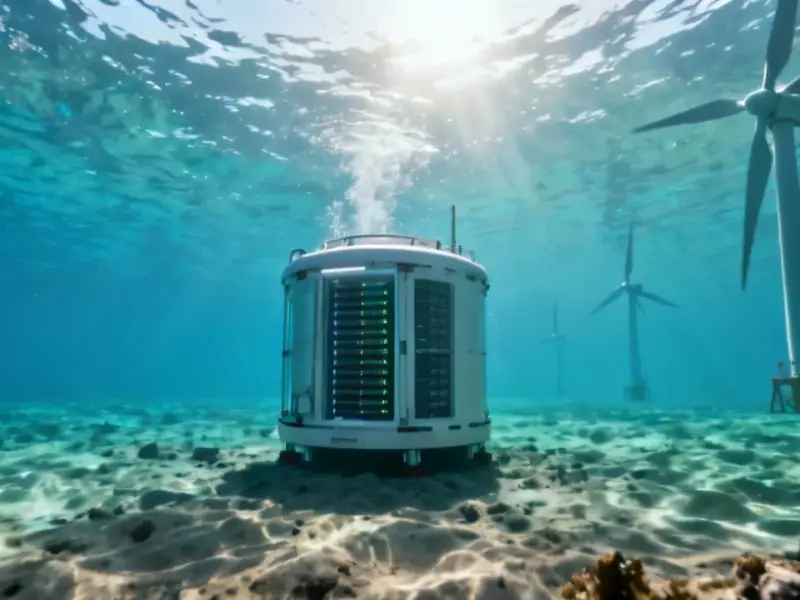According to Utility Dive, Entergy reported significant growth in its data center pipeline, increasing from 5-10 GW to 7-12 GW in just one quarter, with profit rising from $645 million to $694 million year-over-year. The utility secured agreements with Meta for a 2-GW campus in northeastern Louisiana and Google for a 1,000-acre data center campus in West Memphis, Arkansas, backed by the 600-MW Cypress Solar project. Entergy’s five-year capital plan outlines $41 billion in spending through 2029, heavily weighted toward gas generation including three combined-cycle plants totaling 2.2 GW for Meta’s project. Despite recent regulatory approvals for gas plants in Texas and solar resources for Meta, renewables currently represent just 3% of Entergy’s 24-GW generation portfolio. This massive infrastructure expansion signals a critical moment for the utility’s energy transition strategy.
The Stakeholder Tug-of-War
Entergy’s expansion strategy creates clear winners and losers across its four-state territory. Large commercial customers like Meta and Google benefit from dedicated infrastructure and favorable rate structures, while residential ratepayers face potential cost increases from massive capital investments. The $2.4 billion “hard cap” imposed by Texas regulators on recent gas projects reveals growing concern about cost overruns being passed to consumers. Meanwhile, industrial customers in Louisiana and Arkansas may see improved grid reliability from transmission upgrades but could face competition for capacity from data center giants willing to pay premium rates.
The Gas Dependency Dilemma
Entergy’s continued reliance on natural gas—comprising over 75% of current and planned generation—creates multiple strategic vulnerabilities. While gas provides dispatchable power essential for data center reliability, it exposes the utility to commodity price volatility and potential carbon regulation. The company’s mention of future carbon capture investments feels more like regulatory insurance than a committed transition strategy, especially given the technology’s unproven economics at scale. This approach risks stranded assets if climate policy tightens or renewable-plus-storage costs continue their dramatic decline.
The Hidden Grid Challenge
While generation capacity dominates headlines, Entergy’s transmission infrastructure represents the silent bottleneck in their expansion plans. The approved 145-mile SETEX transmission line and planned Cypress to Legend connection reveal the enormous infrastructure challenge of delivering power from new gas plants to data center clusters. These projects face complex right-of-way acquisition, environmental reviews, and community opposition that could delay timelines. The $200 million Texas grant for grid hardening indicates recognition that existing distribution systems need upgrades to support concentrated 2-GW loads.
The Renewable Energy Paradox
Entergy’s clean energy portfolio presents a contradictory picture. While they’ve secured 1.5 GW of owned solar capacity and 570 MW through PPAs, this represents just a fraction of their overall generation mix. The utility’s solar projects appear primarily driven by specific customer demands rather than systemic transition planning. Google’s requirement for the Cypress Solar project demonstrates how corporate sustainability mandates are becoming non-negotiable for tech giants, forcing utilities to accommodate renewable energy even when it conflicts with their traditional business models.
The Nuclear Wild Card
Entergy’s expressed interest in advanced nuclear technology represents the most intriguing aspect of their long-term strategy. The $80 billion Brookfield-Cameco-Westinghouse partnership and state-level nuclear offices in all four Entergy states suggest nuclear could eventually disrupt their gas-heavy plans. However, the 45-MW uprate at Waterford 3 seems modest compared to their gas expansion, indicating nuclear remains a distant prospect rather than an immediate solution. This cautious approach reflects the regulatory and financial challenges of new nuclear construction versus the proven economics of combined-cycle gas plants.
Regional Regulatory Divergence
The differing regulatory approaches across Entergy’s footprint create a complex operating environment. Arkansas’s streamlined permitting contrasts with Texas’s cost containment measures, while Louisiana’s approval of Meta’s gas-heavy package shows state-level variation in energy priorities. This patchwork of regulatory standards complicates centralized planning and could lead to uneven rate impacts across service territories. Utilities operating in multiple states must navigate these divergent political landscapes while maintaining consistent service quality and investment returns.




